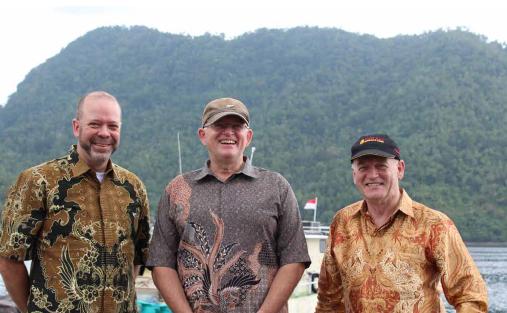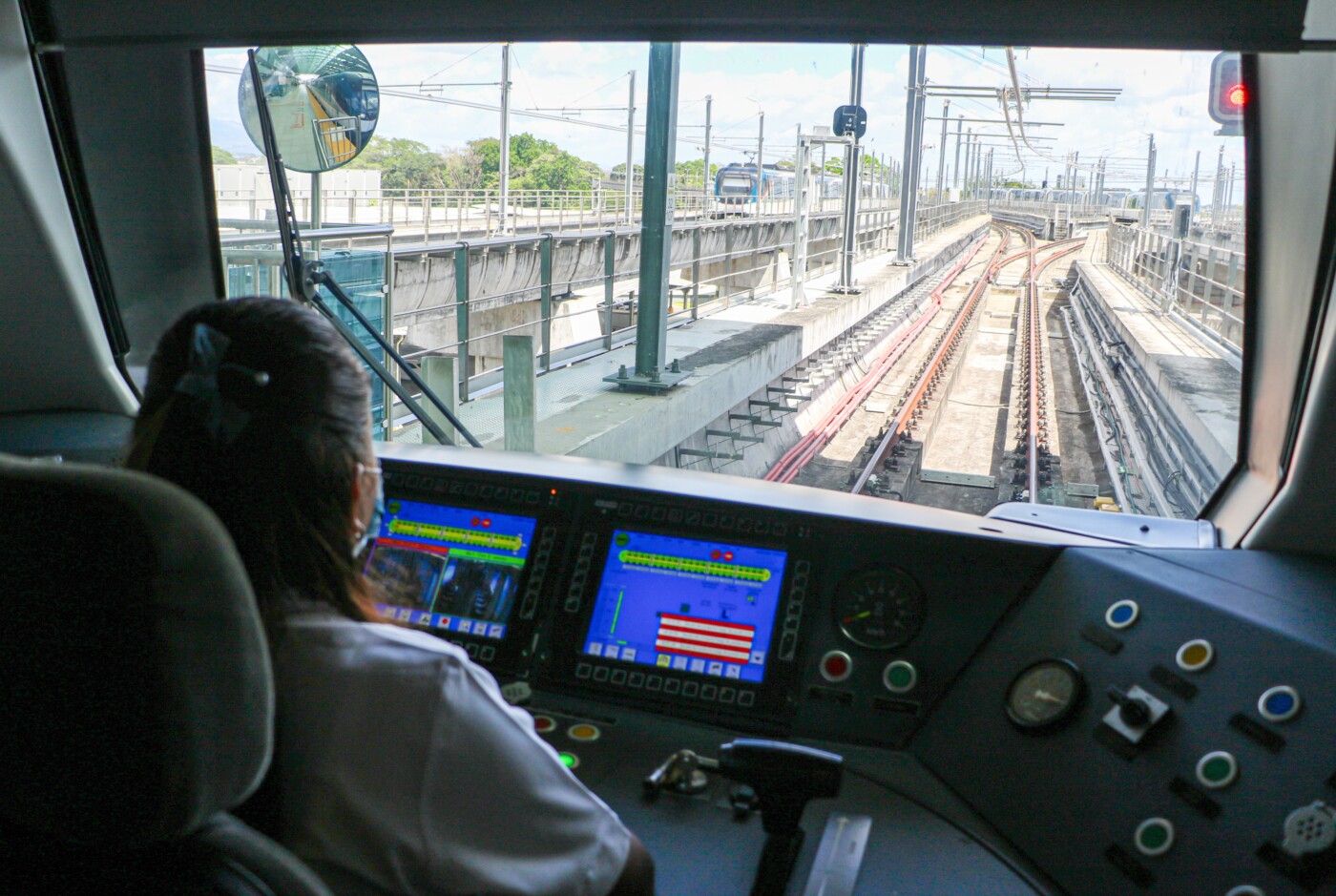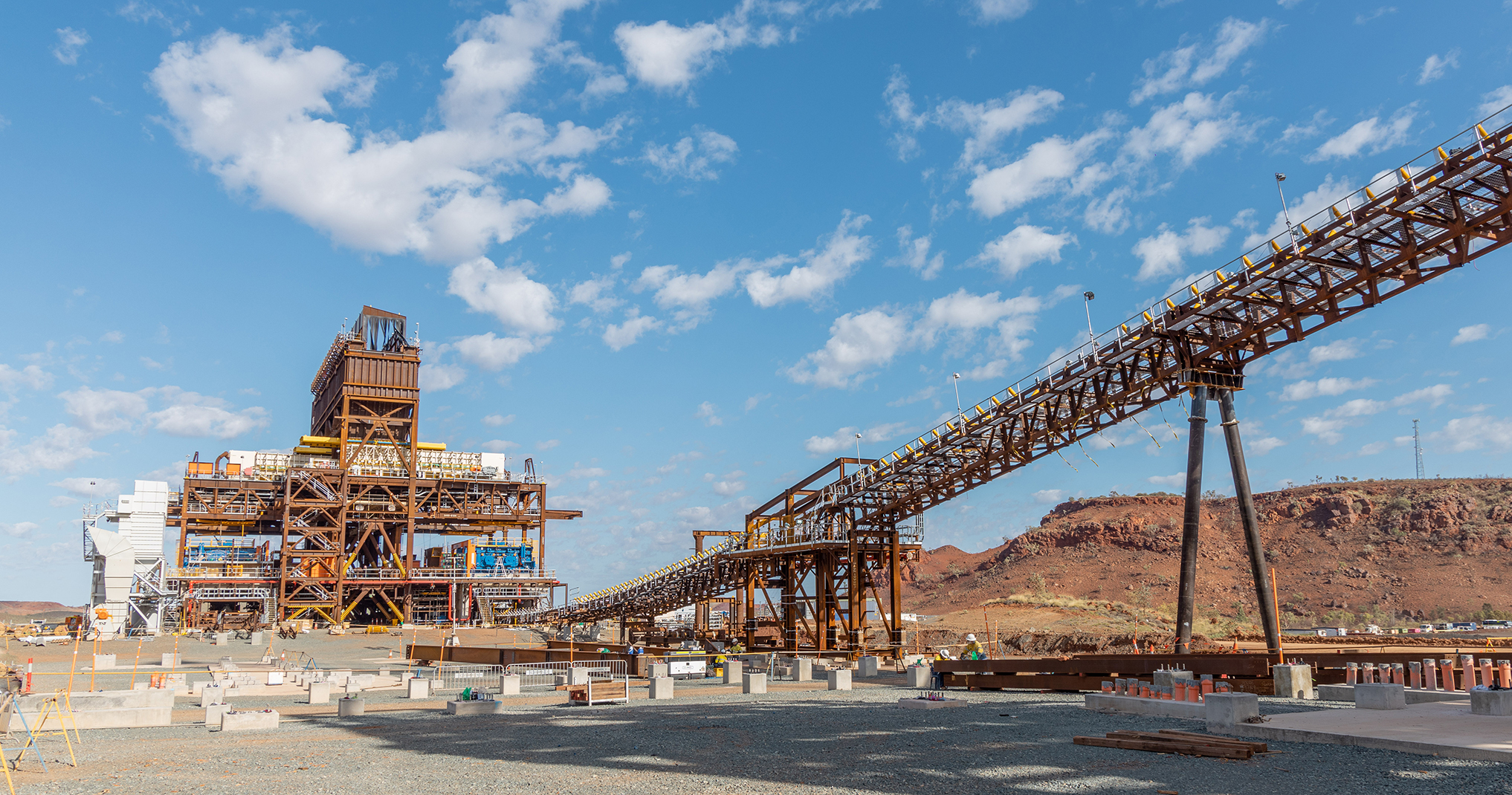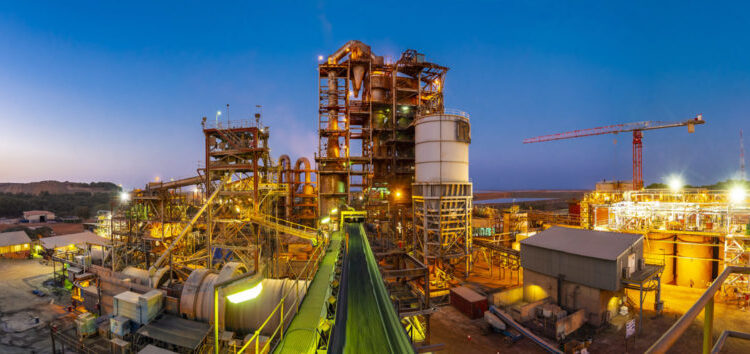
East Asia Minerals (EAS) is proving it is possible to overcome obstacles to mine gold from challenging locations using sound management, local knowledge and a lot of determination.
Both of EAS’s current projects are in Indonesia, at opposite ends of the crescent-shaped nation. Miwah is at the western extreme, in the province of North Sumatra, to the south of Banda Aceh, while Sangihe is on the northernmost of a string of islands in North Sulawesi to the east, almost into the Philippines. Like every gold project in the world, each has its unique challenges from the point of view of geology and physical access, but overcoming these is not just a challenge for science and engineering: Indonesia’s regulations and laws governing mining are changing, but they are still complex.
The Mining Law of 2009 amended the old Contract of Work (CoW) system with a new area-based licensing system involving local and provincial authorities as well as central government. Its aim was to help overseas companies to invest in Indonesia, but balancing commercial and national interests is a complex task.
It’s just a year since EAS Chairman Ed Rochette stepped into the job of CEO. Above all a negotiator and transaction lawyer his job was to cut through the morass of permitting and regulatory roadblocks that had stalled these projects and started to worry the markets. The transformation has been dramatic and now the company’s shareholders are stakeholders in a venture that he confidently expects will be producing and selling gold within three years.
But it was touch and go. A year ago the company was spending $2.5 million a month, an unsustainable burn rate: the share price had dropped from $8.00 to $0.40. With the full support of his board Rochette cut staff levels from 85 to around 15 and stopped all drilling activities. “I did not understand where we were going with the drilling programme and I didn’t think the company did either.” By December of 2011 he was able to raise $13 million in a private placement, had cut the burn rate to $400,000 a month and had retrieved the viability of the company and the confidence of the shareholders.
He also set about disposing of some phosphate and uranium assets the company held in Mongolia, keeping only a minimum of staff at the Vancouver headquarters and the offices in Ulaanbaatar and Jakarta – people who could contribute directly to the goal of getting the Indonesian gold projects up and running.
With all efforts now focused on Sangihe, which is the more advanced of the two, EAS has made great strides over recent months. “We can see a clear path to production at Sangihe within the next two to three years because we have no significant permitting issues to worry about there. We have restarted the drilling program and site development work there. We are getting great support from the local Bupati as well as the central government Mining Department.” The Bupati is head of the local regency, the Indonesian local authority within the province, in this case North Sulawesi – for a mining project to proceed these days it is vital to maintain support at all levels. The company's goal is to have drills turning at Sangihe by the end of November 2012, he adds.
Rochette is the first to admit that he is no geologist, nor is he a mining engineer, and that an essential part of his job has been to put together a competent team. Three recent appointments have given the company a backbone second to none. The first of these was the July appointment of Dave Anthony as chief operations officer who has over 30 years’ experience as a mining engineer, including a recent appointment as COO with Barrick Gold in Africa. “Dave is a fantastic addition to the management team,” says Rochette, “and we have also just hired Frank Rocca, an excellent geologistwith a significant amount of time spent in senior leadership roles in Australia and Africa.” Rocca is also a Barrick Africa veteran: within days of his appointment on September 24 he found himself at the Sanighe project and supervising the revived drilling operation there.
With the agreement of Dr Fadel Mohammad, a well known and trusted figure in Indonesian government and business circles, to act as its strategic advisor the company gained a key supporter. “Travelling round with Fadel is like travelling with a rock star, so his support is a big asset when we are dealing with local officials!” Until last year Dr Fadel was the popular governor of nearby Gorontalo Province where he introduced some enlightened agricultural reforms, so to have him onside, added to Ed Rochette’s close acquaintance with Indonesia spanning 20 years, makes for a team that not only understands the business of mining but also the environmental and economic aspirations of the local people.
With a strong management team now in place, the second of three identified goals has been achieved. “The first goal was to get financial stability so the company could survive to another day. There had been some dissatisfaction among the investor community, but when I did the private placement last December I took pains to be very forthcoming and specific about the problems that faced us, like some forestry issues that were holding back the Miwah project. While full disclosure may hurt your share price in the short term, at the end of the day it really helps you if you have been frank about all the issues.” It also works as a blueprint for what remains to be dealt with, he says.
The third goal was to sort out the problems at Miwah, which is situated in a designated forestry area. Indonesia is sensitive about its record on deforestation, which makes it complicated to obtain permits to drill, let alone operate a full scale mine. Unlike Sangihe, which is licensed under the older CoW system for some 27 years, Miwah is subject to shorter term IUPs, or mining business licences. However tests so far carried out suggest that Miwah is potentially a world class gold resource, so a compromise that would allow its development is in all interests. He is currently negotiating ‘borrow use’ agreements that will allow the low impact drilling needed to define the reserve once and for all.
Rochette thinks the cart was placed before the horse, though. “There’s no point tackling the forestry issue until tenure has been secured. The IUPs have to be renewed this year and that’s my priority right now. Then we can go back and deal with the question of safeguarding the forest.” The new government recently installed in Banda Aceh, capital of Aceh Province where Miwah is located, is proving very supportive of the project and EAS’s efforts to secure the necessary permits from the Ministry of Forests.
With Sangihe on a fast track to first gold and already thought able to yield almost a million ounces of gold, Miwah three times larger and looking a lot smoother than it did a year ago, 90 percent of the journey has been completed. The main board has been completely changed, a highly competent management team has been put in place, the financials stabilised and reassuring progress is being made in the tricky area of permitting.
“I’m not done yet but I think we have made giant strides from where we were a year ago,” says Rochette. Almost exactly a year after he took the reins, on October 12 he will be reporting this story to the board in Vancouver and then setting out for Toronto, New York and San Francisco to meet the shareholders and explain to them straight from the shoulder what problems remain and how he intends to tackle them.
Written by John O’Hanlon, research by Dan Finn



 EastAsiaMinerals-EMEA-Oct12-Bro-s.pdf
EastAsiaMinerals-EMEA-Oct12-Bro-s.pdf









